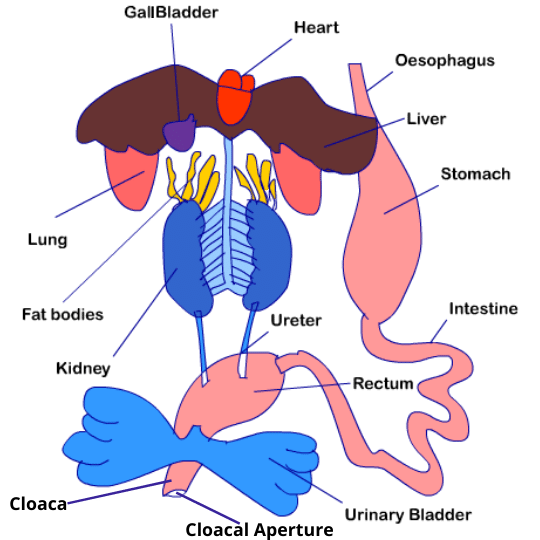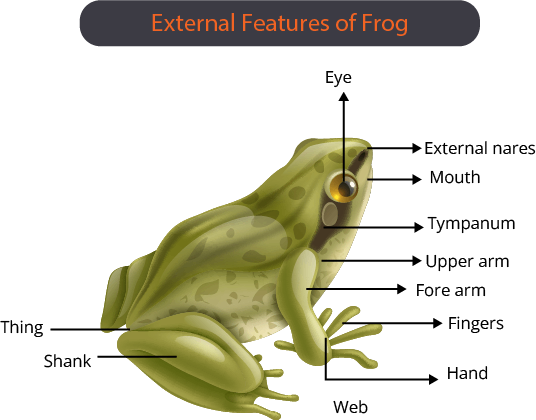Biology Notes for Chapter 7 Structural Organisation in Animals Class 11 - FREE PDF Download
FAQs on Structural Organisation in Animals Class 11 Biology Chapter 7 CBSE Notes - 2025-26
1. How can I use these revision notes for 'Structural Organisation in Animals' effectively before an exam?
Start by reviewing the summary for each major topic, like animal tissues and the organ systems of a frog. Use the key points and diagrams to quickly refresh your memory on the main concepts. Focus on any tables that differentiate between tissue types, as this is great for quick comparison and recall.
2. What are the main topics covered in these Class 11 Biology Chapter 7 notes?
These notes provide a concise summary of the entire chapter, focusing on the core concepts for your exams. Key areas include:
- The four primary types of animal tissues: Epithelial, Connective, Muscular, and Neural.
- The concept of organs and organ systems.
- The detailed morphology and anatomy of the frog as a representative example.
3. How do these notes help clarify the difference between the various types of connective tissues?
The notes simplify this complex topic by grouping connective tissues into clear categories: loose, dense, and specialised. They use bullet points to highlight the unique features, cell types, and functions of each type, such as bone, cartilage, blood, and adipose tissue, making them easier to compare and remember during revision.
4. While revising with these notes, why is it important to understand the frog's anatomy?
Studying the frog's anatomy is crucial because its organ systems are very similar to those of other vertebrates, including humans. These notes help you revise how the digestive, circulatory, respiratory, and nervous systems work together. Understanding this example helps build a strong foundation for more complex biology topics.
5. Do these notes include diagrams for revising the organ systems?
Yes, the notes include simplified and clearly labelled diagrams of important structures, such as the different types of epithelial tissues and the digestive system of a frog. These visuals are designed to make revision faster and help you recall key anatomical details during your exam.
6. How do these notes explain the connection between a tissue's structure and its function?
The notes explain this by providing direct examples. For instance, they show how the cube-like cells of cuboidal epithelium are ideal for secretion in glands, while the strong fibres in dense connective tissues (like tendons) are perfect for connecting muscles to bones. This helps you understand the 'why' behind the structures, not just the 'what'.
7. What is the most efficient way to revise the four primary animal tissues using these notes?
The most effective method is to use the summary tables and bullet points. First, revise the main function of each primary tissue—Epithelial for covering, Connective for support, Muscular for movement, and Neural for control. Then, review the sub-types detailed in the notes for a complete and quick overview.



























